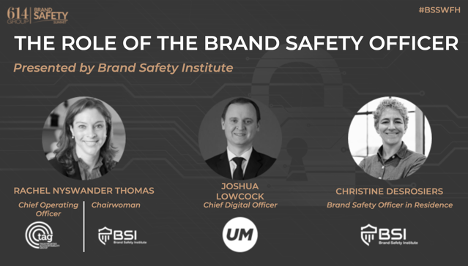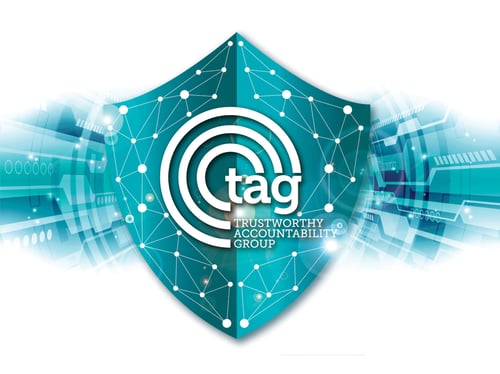TAG Today - June 2020
In this month's newsletter:
TOP STORIES:
TAG Leaders Talk Brand Safety at The 614 Group Summit
At The 614 Group’s virtual Brand Safety Summit in New York on June 16th, TAG COO Rachel Nyswander Thomas spoke with Joshua Lowcock, Chief Digital Officer of UM Worldwide, and Christine Desrosiers, Brand Safety Officer-in-Residence for the Brand Safety Institute, on the professionalization of the field of brand safety and its intersection with other TAG issues like fraud and malware.

An excerpt from their conversation follows, edited lightly for length and flow.
Rachel: What does it mean from your perspective to be a Brand Safety Officer in the industry today right now?
Christine: Wherever you sit within the supply chain, we also have to have an understanding of the landscape of brand safety and the industry as a whole. It goes a good way beyond adjacency, as there are a whole range of issues that each of us in the supply chain has an interest in. The focus may be a little bit different for each point within the supply chain, but we all have a role to play and a responsibility to hold ourselves accountable and each other accountable.
Rachel: Another challenge can come from reconciling buying guidelines with responsibility guidelines. Can you speak to that?
Joshua: This one gets to this sort of the role of the brand safety officer in the organization. Media buying as a practice often is focused primarily on efficiency, which is a factor of reach and price, and brand safety can get lost in that conversation. So a brand safety officer becomes that moral compass in an organization who can say the price might be great, but in terms of the trade-offs of safety and the implications that has for broader society, maybe I shouldn’t be buying that media or that media partner.
Rachel: Are companies finding success in showing the ROI on brand safety or in the role itself?
Christine: Well, brand safety covers so much. Brand safety covers fraud, malware, ad adjacency, ad experience, consumer choice… There's so much focus on all different parts of the supply chain and these different types of issues and how they can damage a brand.
The ROI comes from addressing issues as they come up and then being able to say I could have prevented this. I could have shortened the time to address this from five days to one hour if I had these resources, these notifications, or this network of certified BSOs to call on. That’s what we are trying to do with the BSI resource library and case studies we’re working on, so we can give BSOs and the industry a roadmap as a place to get started and a way to start to demonstrate the ROI in practice.
Rachel: Could you speak a bit about your experience on the malware front and then also about the kind of resources that you think are needed to help folks understand the problem of malvertising in the industry and prepare for it?
Christine: There's so much to do to educate ourselves. How do I and my organization start to get ahead of this? How do I address this as these things come up? What does it mean if my users get attacked on my property?
And I think there's just a lot of a lot of discussion that needs to happen, a lot of education and again a lot of cultivating partnership across the supply chain. And then I think I would also tie into keeping track of what the folks at TAG are doing. The Trustworthy Accountability Group is a clearinghouse for a lot of the threat sharing with the industry and the federal government.
Joshua: What malvertising really brings to bear is that there’s a lack of process and responsibility taken by the entire supply chain for what they bring into the ecosystem and what they allow to be promoted in the ecosystem.
As I think about the evolution of brand safety and what's going to be next, I get increasingly concerned about data collection and news as the next brand safety concerns. That’s not just where your ads are and checking your ads. It's also about knowing what vendor have I used? Have I checked their data? Is it equally representative and proportionally representative of the population? Is it collected transparently and fairly?
You think about things like location data, which is very much in the spotlight because of contact tracing and everything else. It's great that it can be used for something like that, but that also needs to have the appropriate controls in place, and brands need to make sure that they're not inappropriately collecting or using that data because they could do themselves irreparable damage.
Rachel: So how do we support the brand safety officer as a career path? Also, anything about this particular strange moment that we're in with regard to brand safety, whether it's sitting in quarantine or this protest moment in history or this data and privacy moment with the end of the cookie, etc.?
Joshua: The biggest lesson, you know, is there's absolutely value in being part of a community because you need to share that intelligence and information.
I think in terms of how to be successful in the career path forward. I would push that you need to think about brand safety within your overall corporate and brand values. If you're standing in solidarity with black lives matter, that also means you should not be blocking those terms as a keyword, and you should be advertising around content that brings those issues to life.
TAG in the News
From an oped by Vishveshwar Jatain, Head of Marketing for AdPushup, in AdAge:
Last year, several exchanges wrote an open letter to advertisers and publishers, promising to set standardized marketplace principles to promote transparency. An explicit fee or cost-plus pricing model will become the norm, with each player’s fee or commission clearly stated in the contracts to leave no room for obfuscation. These factors are now being included in the Trustworthy Accountability Group (TAG) accountability and compliance certifications.
From “Verizon Media Achieves Anti-Fraud TAG Certification” in MediaPost:
Certification signifies that Verizon Media has met the requirements to protect advertisers, publishers, partners and consumers against digital ad fraud.
“We launched the TAG Certified Against Fraud program to raise the bar and bring accountability to the digital ad ecosystem,” stated Mike Zaneis, CEO of TAG. “While fraud is an evolving challenge, advertisers should have more peace of mind when they use TAG Certified vendors.”
The TAG certification launched in 2016, with a recent study finding that reduced the level of fraud by more than 88% when compared to the industry average.
 A PR Reminder from TAG
A PR Reminder from TAG
We love it when TAG members highlight our work together to fight digital ad crime and improve transparency. Please send any TAG-related press releases, blogs, or other announcements to Andrew Weinstein at andrewwstn@gmail.com for review before release.
A PR Reminder from TAG
We love it when TAG members highlight our work together to fight digital ad crime and improve transparency. Please send any TAG-related press releases, blogs, or other announcements to Andrew Weinstein at andrewwstn@gmail.com for review before release.
Topics: Blog

